Last weekend on a very hot day I found myself out in the countryside some miles away from central Tokyo. Someone I know grows his own rice - organically, I might add - in a small paddy field he borrows there, and it was one of his many weekend visits to the field. And it one of the most important, even, as it was to plant seedlings.
He'd often go to work in the field on his own, but with the rice planting being probably one of the most important and labor-intensive processes in rice farming (most of which he does manually), he had an army of helpers for the weekend; his friends, friends of a friend, and their families, a few folks I know among them.
And I happened to be back in Tokyo for a week or so, and was invited to join the party - but not to help the work; they knew perfectly well that I wasn't exactly keen on doing farm work, but simply suggested that I should go out a bit and get some fresh air. I couldn't help but think that I'd feel rather uncomfortable being in the middle of people who would be there exclusively to help out the field work when I'm not. When I told them about this concern, however, they shrugged it off, saying that everyone was to be there because they wanted to, and they wouldn't mind if I was there doing my own stuff.
So I ended up crawling out of bed at six in the morning and spending the next few hours at the back of a seven-seater, dozing off occasionally before we finally reached the end of a narrow country road by patches of fields.
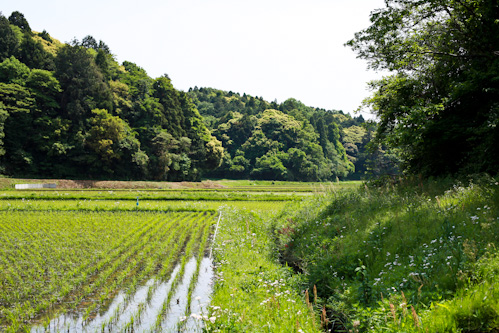
I spent the day mostly on my own - sitting in a small cottage near the field, reading books and doing a bit of my own work (yes, I took my laptop along).
At about a quarter past noon, they took a break for lunch - and so did I. Everyone was covered in sweat and obviously tired after a few intense hours of field work under strong sun, but their faces were bright with expectation as they huddled around a large wooden table under the trees.
So what's for lunch?
...why, rice, of course - and a lot of it, and nothing else. But it wasn't just any bag of rice cooked in a random rice cooker, mind you. It was the rice harvested last fall in the very paddy they were now planting seedlings, and cooked in large old-fashioned iron pots over wood fire, which involves a lot of work but definitely the best way to cook an excellent batch of Japanese rice.
A few of the helpers had cooked what seemed like a truckload of rice, and they were now conjuring up a large plate full of onigiri or rice balls, simply seasoned with salt. Simple enough, you might think, but think again; when you don't have any of the usual condiments such as pickles or fish in the middle of the rice, nor a semi-mandatory sheet of nori seaweed to wrap around the rice, there is nothing that can distract you from the flavor of the rice itself.
To make perfect salt-seasoned rice balls, or shio-musubi, you absolutely do need to begin with good rice cooked right (and good salt, too). And the task of hand-rolling a scoop of freshly-cooked scalding-hot rice into a neat ball (or triangle) that is firm outside but fluffy inside does require some skills. Like so many things in life, the simplest things are the most difficult to make where onigiri is concerned.
So I must say I couldn't have hoped for a better chance to treat ourselves to good shio-musubi. And everyone else must have appreciated it even more after doing the hard work in the field, which was evident from how fast all those rice balls disappeared. They'd cooked 3.5 sho of rice in two pots, they said, and we were all amazed - and wondered: how much is 3.5 sho of rice, exactly?
(I think a little explanation should be in order here; although we mostly measure food by weight in Japan, there are some exceptions and rice is one of them. Rice is normally measured by a unit of volume called go, which is about 180 ml or 6 fl oz. And a go is a tenth of sho. So 3.5 sho would be 35 go, and considering that a batch of rice we normally cook in an average household would be something like 3-6 go, 3.5 sho of rice was almost beyond comprehension for many of us there. To give you a better idea, 3.5 sho of rice is about 1.7 gallons or 11.5 pounds / over 5 kg before cooking. Heh.)
And that much of rice was demolished by about twenty of us, including several young kids.
There were a bit of other things, such as pickles and some vegetables, but mostly we just ate the salt-seasoned rice balls and we were pretty content.
And just when we thought we were so full we couldn't eat any more, there came the best bit - or so as far as I was concerned. The crust of burnt rice stuck to the bottom of the pot, or okoge, can be the best part of a batch of Japanese rice in my book, and I know I'm not the only one on this one.
However, apparently the pro-okoge population is a minority in today's society, as you don't get it much with recent models of rice cookers. So I hadn't had okoge for a while, and was thus unreasonably excited to find a gorgeous crust of okoge at the bottom of the heavy iron pots.
I could have happily eaten okoge as is, but someone did a bit of trick and added a splash of soy sauce at the bottom of the still-hot pot, so the burnt rice would take on the flavor of lightly burnt soy sauce - a kind of like yaki onigiri or grilled rice balls. Now I wished I hadn't eaten that last shio-musubi but saved room for more of this okoge ... nah, both were good. I just wished I could eat more.
When we were done, some went home and others retrieved to the cottage for a short nap before going back to the field. Not being in need of a nap, I took a walk around the place with my camera.
Who's still after food?
That' the resident dog M - she's a gentle little thing!
And they were slowly getting back at work for the afternoon.
This was my second time being down there - first time was in late June last year when they were there to weed the field as the rice was fast growing.
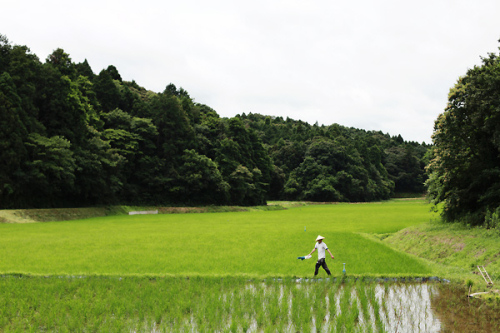
This year, too, the now patchy fields will soon be thick with rice shooting up. Hope they'll get a good crop - good luck!
Now it is already the end of May (!) and the monsoon has already arrived in half of the country, including Tokyo and Nagano, where I am now. This is exceptionally early, especially when spring came so late this year. In fact, we were only just starting to enjoy the warmer weather.
Spring is always a fleeting thing here in Nagano, but this year it seemed even more so than normal - so it was perhaps a good thing that I took a lot of pictures over the period of month or two, capturing the moments when the bare mountains became lush and green as the winter turned into spring. Some of the pictures can be found here (as slideshow).
And of course, it was lucky for me that I got to stay in Tokyo while it was still relatively dry and sunny, enjoying the short spell of pleasant early summer weather before the rainy season arrives, with hot and humid full-on summer at its heels.
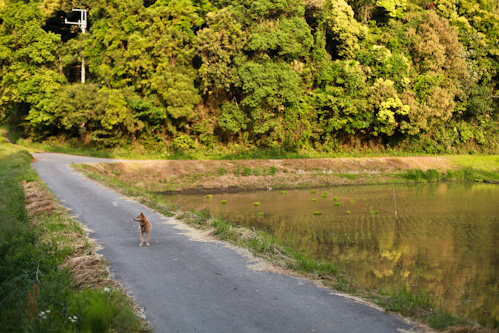
Hope it's not too wet where you are and that you are enjoying good weather. Have a good weekend! -cx


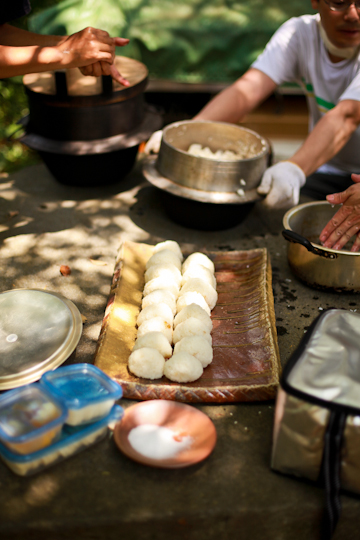

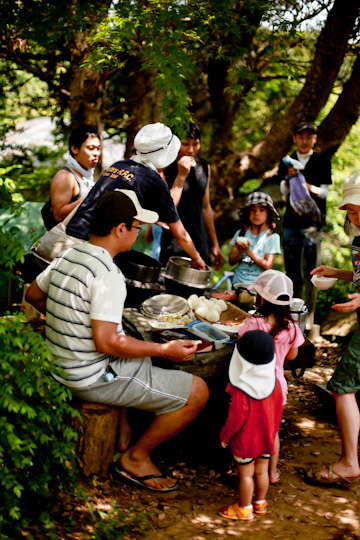
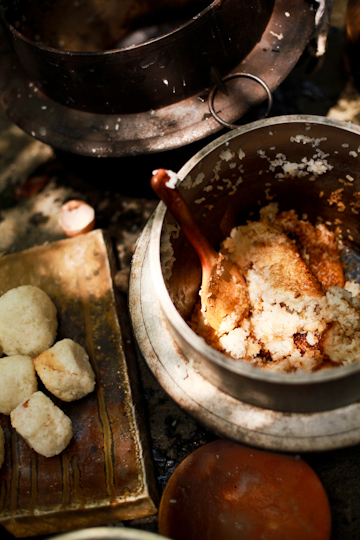
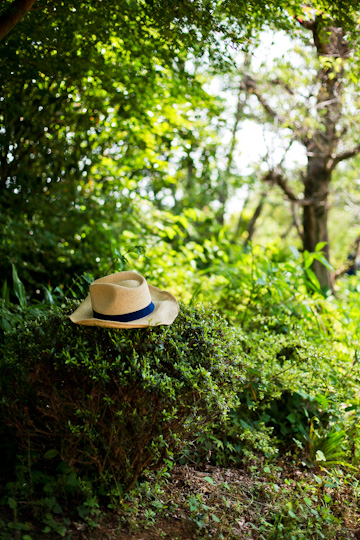
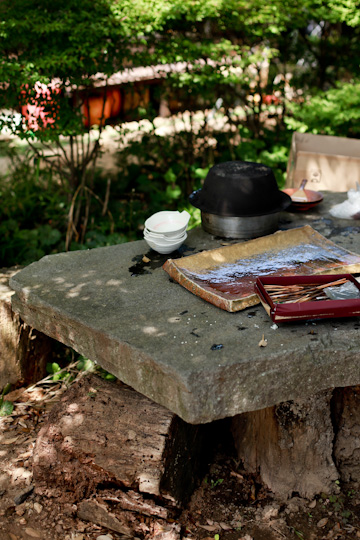
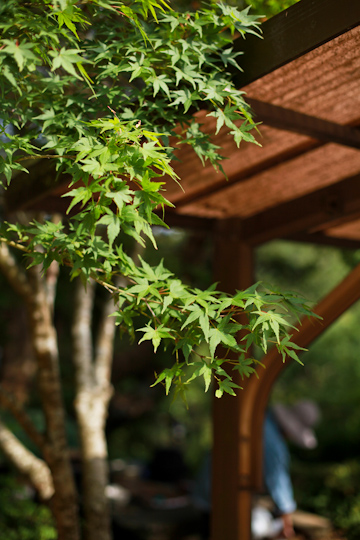
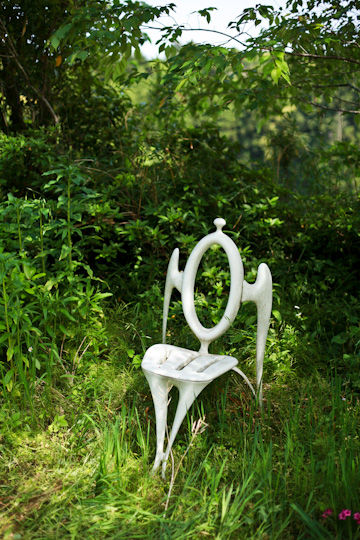
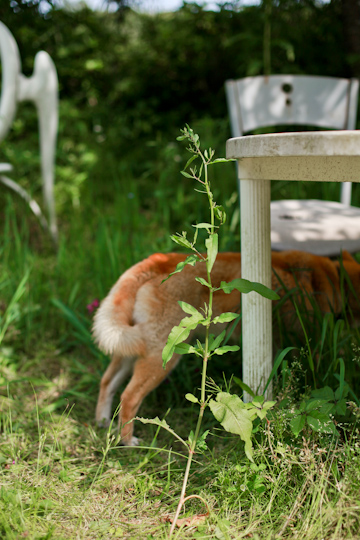
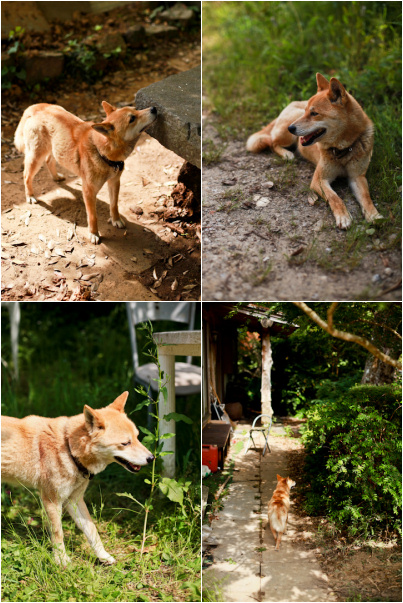
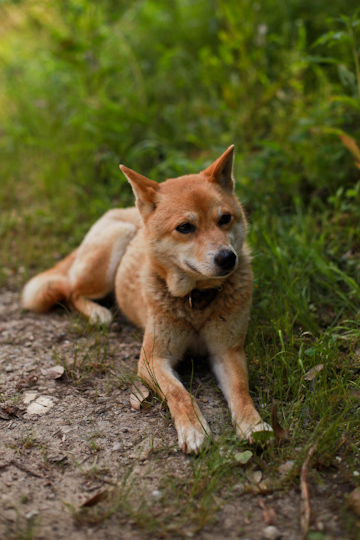

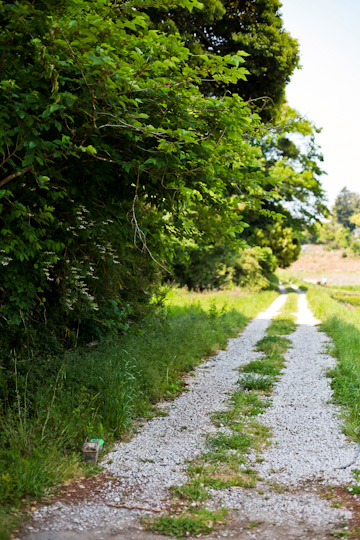
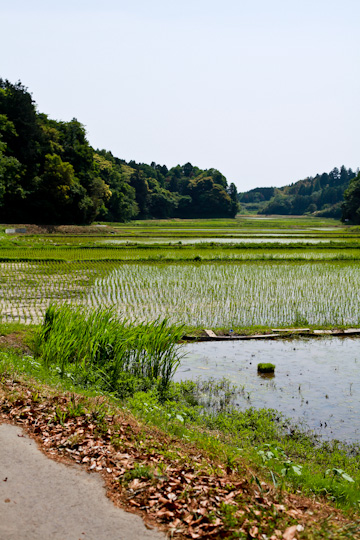
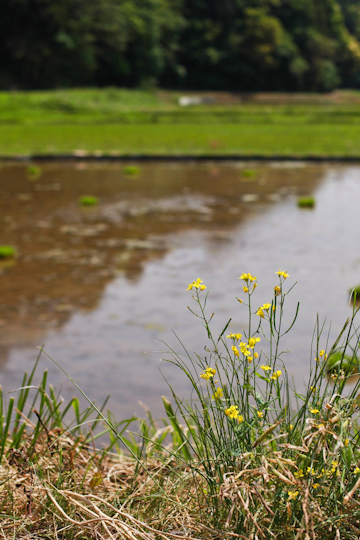

11 comments:
That looks fabulous!!! Especially the おこげ♡! My mom used to tell us about how she and her brothers loved scraping it out of the bottom of the pot and mixing it with lard for a treat. Soy sauce sounds like a tasty accompaniment as well though!
Thank you for your explanation of rice measures! I had wondered about that since reading about the Ichikawa (kabuki actors) family crest.
Have a nice day!
I have always wanted to visit a rice paddy like this one. How wonderful that you were able to go and enjoy such gorgeous rice prepared simply but with a clear understanding of how excellent rice can be on its own. I especially want the okoge! That's my favorite part, too :)
beautiful... will you cross post this your other 'moichizen' site? I print out for my Japanese mother many of your posts. She'd love this one.
Your photographs are absolutely amamzing. I've enjoyed thiis post about rice and seeing the rice paddy fields immensely. Thank you.
i am new to your blog. it's so beautiful here. this post literally made me fill with tears. it made me think of my grandfather and times of my childhood. the bottom of a rice pot was to be feasted on in our home.
thank you for this.
xo
Wow, it looks fantastic. All of it. I'm jealous (of course). Hope you're having a great late spring/early summer!
Your blog reminds me of why I loved Japan so much when we visited a few years ago. It's time to come back! Thank you for sharing.
Thank you for the beautiful pictures and the delicious atmosphere of nostalgia in which you plunge us...it reminds me of my trip to Japan last summer :)
hello all, thanks for your comments - i'm delighted if you enjoyed a glimpse of the japanese rice paddies. i'm also glad to find out some of you okoge-lovers out there! :)
丹丹 - a japanese rice cup measures 180 ml, though many of us never really know how much a cup of rice weighs... (give or take 150 g / 5 oz)
- Rachael - you definitely should visit one of them while you're here!
Catherine - thanks! i've done a post on my jp blog, too.
I love this post!! I have read it many times over the past few days. It is so cheerful, especially since here on Kyushu, we have had nothing but rain lately.
Also, I love that you are drinking Yame tea - that's where I live!
I just found your blog about a week ago. It is now my favorite blog about life in Japan (and Japanese food). I only wish I read Japanese so I could follow your other blog!
What a beautiful post and beautiful journey. We, Iranians, love our rice and even my mother-in-law now uses a rice cooker. I still do it the old-fashioned way, in a pot of rice (no wood-burning fire, of course!). And we always make sure we have crust waiting at the bottom! And EVERYONE fights over it!
Post a Comment